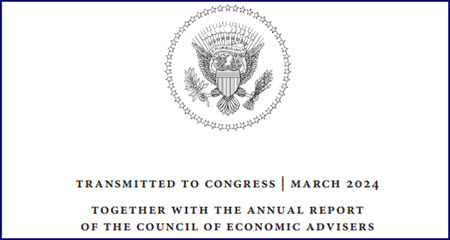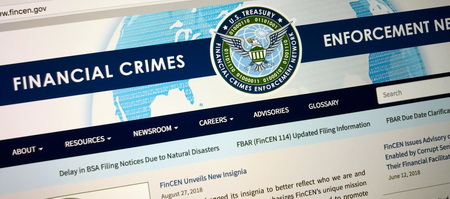
Lawmakers pushed a sprawling $1.2 trillion legislative package through Congress today that would avoid a government shutdown at midnight by funding more than half the government through Sept. 30. After the House passed the funding measure today, the Senate will likely approve the package and send it to President Biden for his signature. (Bloomberg and Forbes, March 22)
Minibus Faces Fiscal Cliff
House Republicans

Speaker Johnson’s House Republican caucus is about to drop to a one-vote majority, as retiring Rep. Mike Gallagher (R-WI) will exit the House as soon as next month. (Politico, March 22)
# # #

The White House Council of Economic Advisers released a report yesterday on policies to boost the supply of affordable rental and ownership units—proposals that could form the foundation of a housing push during a second Biden term. (2024 Economic Report of the President and New York Times, March 21)
Zoning Reform, LIHTC
Addressing Equity

This week, President Biden also spoke in Las Vegas about his plans to “establish an innovative program to help communities build and renovate housing or convert housing from empty office spaces into housing, empty hotels into housing.” (White House remarks, March 19 and Roundtable Weekly, March 15)
# # #

The Environmental Protection Agency (EPA) released long-awaited final criteria on Tuesday for ENERGY STAR’s voluntary “NextGen” certification to recognize buildings with reduced carbon footprints.
Three Criteria
CRE Recognition

Planning Considerations

EPA staff overseeing the NextGen program will participate on SPAC’s next Zoom meeting on April 11 to field questions on the new building label.
# # #

The Real Estate Roundtable joined more than 120 other national business organizations in a letter this week that urged Senate Banking Committee leaders to support a one-year filing delay for new beneficial ownership regulation requirements, which took effect Jan. 1 under the Corporate Transparency Act (CTA). (Coalition letter, March 19)
CTA Delay Bills
Legal Challenge

The Roundtable’s Real Estate Capital Advisory Committee (RECPAC) will continue to monitor legislative and legal developments as they impact beneficial ownership requirements.
# # #